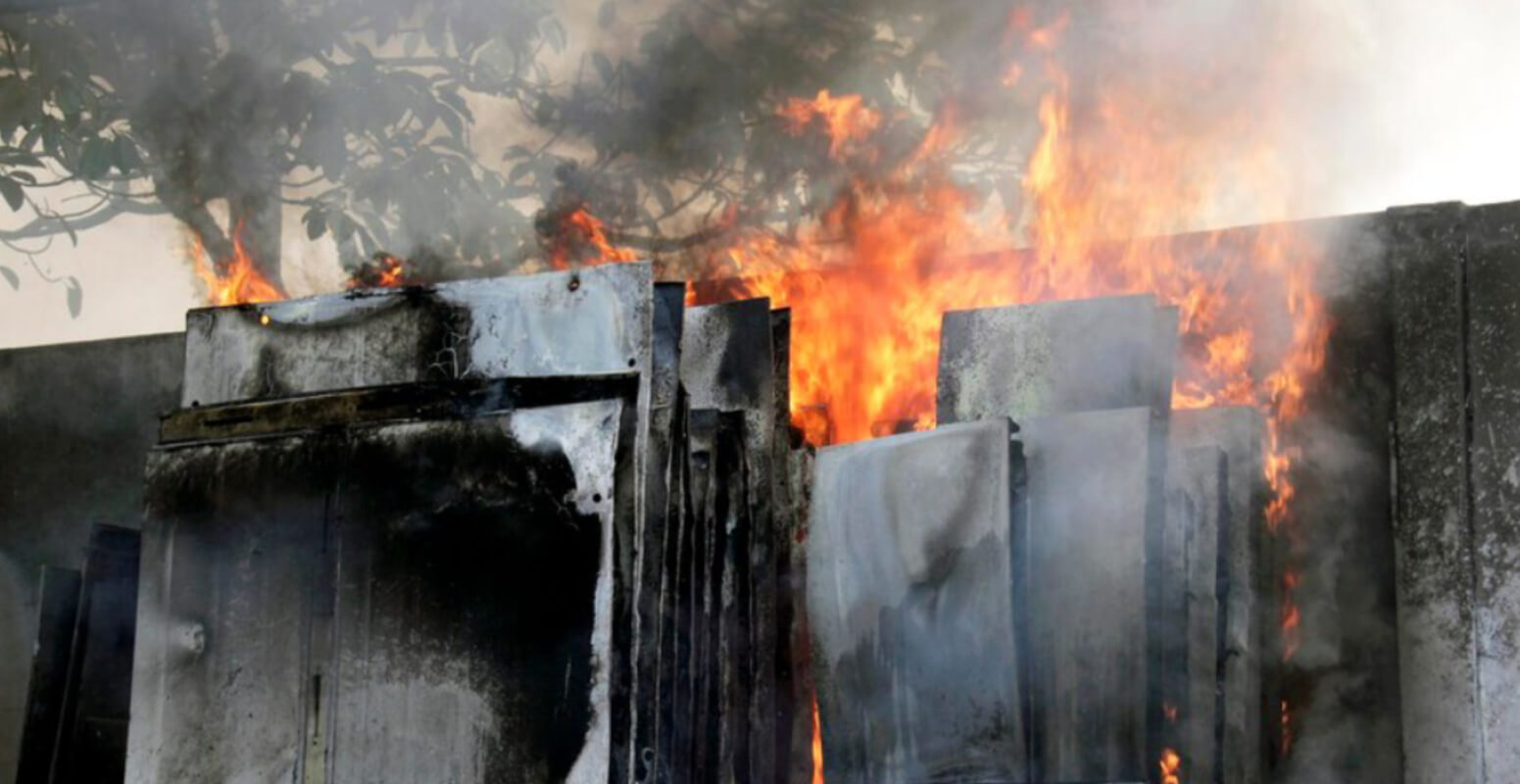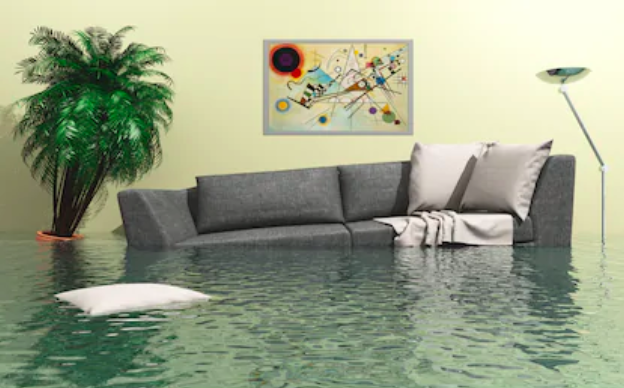In Plano, water damage often begins with a rush and ends in silence — until the floors buckle, paint bubbles, or the smell comes back. You might think the crisis is over because the puddles are gone and the fans have been turned off. But here’s the truth: what wasn’t fully dried will always return to destroy more later. Incomplete drying is the silent killer of Plano homes after water events. And the cost of skipping moisture testing or rushing the process is more than just money — it’s the safety and health of your home.
Most people think water damage cleanup means mopping, airing out the space, and replacing whatever got soaked. But drying is a science, not a guess. It involves measuring humidity, testing inside walls, checking subfloors, and confirming that all layers of the structure are moisture-free. If water stays trapped in wood, insulation, or behind drywall, you’re not done — you’re just giving the damage time to worsen.
This is especially critical when dealing with floor water damage. When water seeps into the subfloor, it becomes almost invisible. You won’t notice it until boards start lifting or the flooring softens. In many Plano homes, luxury vinyl or tile floors mask the true condition underneath. The top layer dries fast, giving a false sense of security. But beneath that is moisture still at work — degrading adhesives, swelling plywood, and opening the door to mold.
A small water pipe break under a sink or within a wall might look like an easy fix. But if the moisture it released wasn’t fully tracked and removed, it will start affecting nearby walls, flooring, and baseboards. You can’t solve water damage by removing the obvious problem — you have to investigate where that water went. That’s why professional pipe leak cleanup service isn’t about fixing pipes alone. It’s about uncovering hidden water trails and stopping structural decay before it starts.
The most expensive calls we get are after homeowners handled a DIY appliance leak cleanup that “seemed under control.” Refrigerators, dishwashers, and washing machines are notorious for leaking silently over time. When that water reaches the walls or flooring, it’s often too late to salvage. What starts as a slow drip turns into full structural restoration once swelling and warping begin.
One of the biggest culprits in Plano is storm season. A quick, powerful storm can cause roof leaks that go unnoticed for days. Water enters through the attic, runs along beams, and pools inside ceilings or behind drywall. If the leak isn’t obvious, it may be weeks before you realize you need storm and wind damage cleanup — by then, you’re replacing insulation, drywall, and possibly sections of your HVAC.
Plano homes often have upstairs laundry rooms or bathrooms, which increase the risk of top-down water migration. A shower & tub overflow, toilet overflow cleanup, or bathroom sink overflow on the second floor is rarely contained to the source. Water flows into subfloors, walls, and even electrical systems. Without immediate water extraction & removal, moisture spreads across rooms and stories — and unless everything is dried completely, you’re dealing with hidden risks that get worse with time.
Sometimes the damage doesn’t come from your plumbing but from a main water line break or water line break outside your home. When water floods inside from a broken main, it bypasses your drain system entirely. The flooring, walls, and even lower cabinets absorb water rapidly. If the water isn’t quickly removed and drying is delayed, you’re looking at burst pipe damage cleanup on top of full interior demolition.
Another sneaky cause of recurring damage is your HVAC system. A neglected hvac discharge line repair can result in dripping inside closets, attics, or utility areas. You won’t notice it until mold appears or the drywall begins to discolor. The leak might seem minor, but if it leaks daily over weeks, the saturation level becomes severe.
A common post-damage mistake is to assume that no visible water means no damage. After a kitchen sink overflow or clogged drain overflow, many homeowners clean up and move on — unaware that moisture has slipped behind cabinetry or into subfloor layers. These moisture pockets can’t be seen or felt easily but cause swelling, foul odor, and microbial growth that slowly destroys materials.
What’s even more dangerous is when water events overlap. A small fire requiring fire damage cleanup often results in water being sprayed across multiple rooms. After the flames are gone, most of the focus goes into smoke damage cleanup, but water hides in every affected space. It’s not unusual for a fire damage restoration job to turn into a second full-scale water job weeks later — especially when the original team didn’t check for moisture or ensure full drying.
And don’t forget what can happen underground. If Plano’s storm drains back up or sewer systems fail during heavy rain, homes are at risk of sewage removal & cleanup emergencies. This type of water is not just inconvenient — it’s hazardous. You don’t just need fans. You need containment, disinfection, and safe removal of any contaminated material. And again, it’s the hidden moisture in baseboards, joists, and subfloor that comes back to haunt you later.
One overlooked post-storm scenario in Plano is a plumbing overflow cleanup that occurs due to foundation shifts or saturation after a heavy rain. When soil expands or shifts under slab foundations, pipes can crack. Water then floods upward, appearing as a mysterious puddle in a hallway or room with no apparent source. If no one checks beneath the surface, the problem continues — and worsens.
All of this underscores why emergency water restoration can’t be rushed. Real restoration means time, tools, and testing. It means looking beyond what’s wet and focusing on where the water went. That’s why any serious water damage restoration company will start with thermal imaging, moisture meters, and a mapped drying strategy — because guessing isn’t good enough.
In Plano’s unpredictable weather and growing neighborhoods, we see new construction with poor drainage and older homes with failing seals. Both are vulnerable. Water doesn’t care if your house is ten months old or ten years old. If it finds a way in, it will stay until you force it out — and if you don’t, it stays to destroy.
If you’ve had any kind of overflow, from a clogged drain overflow to a fire damage restoration, or even a slow broken water pipe repair, and you didn’t get professional moisture checks — you’ve taken a risk. Not just on the materials, but on the structure, safety, and value of your home.
So the next time your property faces water damage, don’t just dry what’s visible. Make sure you dry what’s real. Because in Plano, the water you miss is the water that costs the most.

 Get To Know Us
Get To Know Us








 We Offer Financing
We Offer Financing



